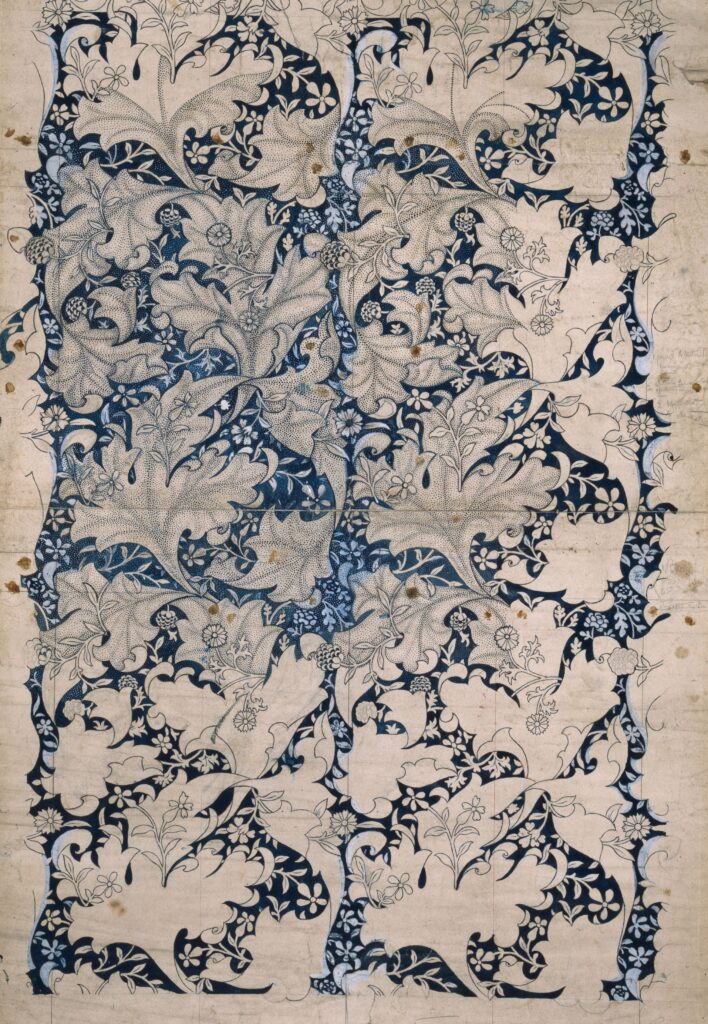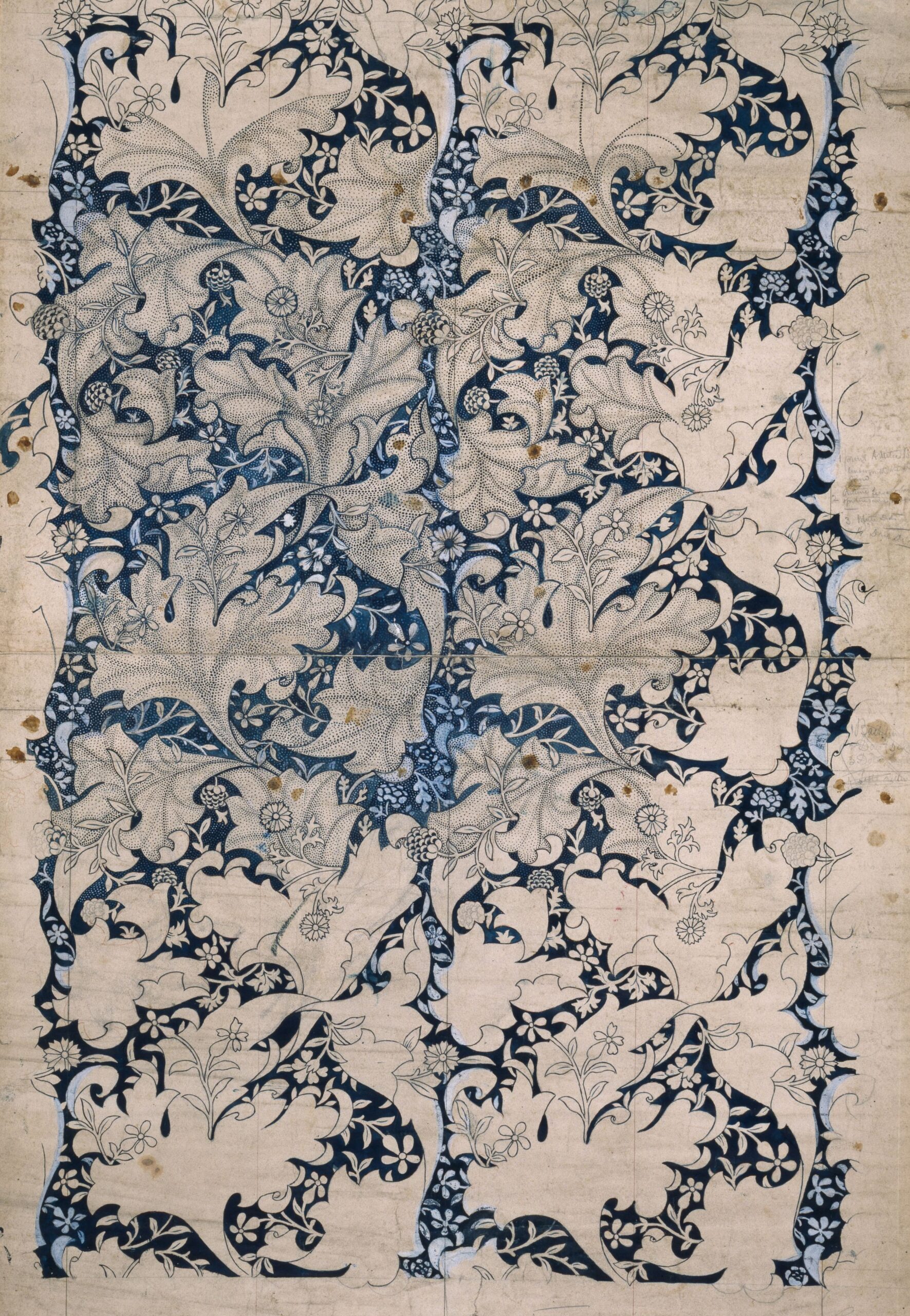Gouache paint is a versatile and vibrant medium that holds a special place in the hearts of artists and hobbyists alike. Understanding how to properly care for your gouache paint is essential in preserving its quality and ensuring its longevity. In this article, you will discover the best practices for storing, cleaning, and extending the lifespan of your gouache paint, allowing you to fully embrace your artistic vision without worrying about the deterioration of your beloved colors.
Storing Gouache Paint
Choosing the Right Storage Container
When it comes to storing gouache paint, selecting the right storage container is crucial to maintaining its quality and longevity. Opt for airtight containers that can properly seal out air, moisture, and light, as these elements can cause the paint to dry out or degrade. Look for containers specifically designed for paint storage, such as lidded plastic or metal palettes, or even small airtight jars. By investing in a suitable storage container, you can ensure that your gouache paint remains fresh and ready to use.
Sealing the Tubes Properly
To preserve the quality of your gouache paint, it is essential to seal the tubes properly after each use. Squeezing out any excess air from the tube before sealing it will prevent the paint from drying out or becoming unusable. You can achieve this by gently rolling the end of the tube towards the paint, starting from the bottom. Secure the sealed end with a binder clip or a rubber band to maintain a tight seal. By sealing the tubes properly, you can extend the shelf life of your gouache paint.
Organizing by Color
Keeping your gouache paint organized by color not only enhances your workflow but also helps maintain the longevity of your supplies. Arrange your paints in a systematic manner, grouping together similar hues or shades. This organization method allows you to quickly locate the colors you need and minimizes the risk of accidentally contaminating one color with another. Consider using color-coded labels or dividers to further enhance your organization system. By storing your gouache paint by color, you can easily access and efficiently use your desired shades.
Keeping the Storage Area Dry
Moisture can be detrimental to the quality of gouache paint, causing colors to clump or molds to develop. Therefore, it is vital to keep your storage area dry and free from excessive humidity. Choose a cool and dry location, away from direct sunlight and sources of moisture, such as sinks or windows. Additionally, consider using moisture-absorbing products like silica gel packets in your storage container to protect against humidity. By maintaining a dry storage area, you can ensure the stability and longevity of your gouache paint.
Preparing the Workspace
Covering the Surface
Before commencing any painting session, it is essential to cover your workspace to protect it from possible stains or damage. Use a drop cloth or plastic sheet to cover your work surface, extending it beyond the area you plan to paint on. This will prevent accidental spills or drips from reaching your table or floor and making cleanup much easier. By covering your workspace, you can ensure that your environment remains clean and free from any unwanted messes.
Setting Up Adequate Lighting
Proper lighting is crucial for achieving accurate colors and details in your gouache paintings. Choose a workspace that has ample natural light during the day, positioning your easel or painting surface near a window or other light source. If natural light is insufficient, consider investing in a good quality adjustable lamp with a daylight bulb to provide consistent and bright illumination. By ensuring your workspace has adequate lighting, you can work with better precision and color accuracy.
Arranging Painting Supplies
Having a well-organized and easily accessible arrangement of painting supplies is vital for a smooth painting experience. Before starting, gather all the necessary brushes, palettes, water containers, and any other tools you may need. Arrange them neatly within reach, ensuring that each item has its designated place. This organization will save you valuable time and prevent frustration during the painting process, allowing you to focus on your creativity.
Protecting the Surrounding Area
In addition to covering your workspace, it is crucial to protect the surrounding area from potential paint splatters or spills. Place additional drop cloths or plastic sheets on adjacent furniture or surfaces that may be at risk of paint damage. Be cautious and mindful of your movements to prevent any mishaps. By taking the necessary precautions to protect the surrounding area, you can create a safe and worry-free painting environment.

This image is property of images.unsplash.com.
Using Gouache Paint
Squeezing Out the Right Amount
When using gouache paint, it is essential to squeeze out the right amount onto your palette to avoid wasting paint or creating unnecessary mess. Start by carefully squeezing a small amount of paint onto your palette, using the backside of a brush or the end of a palette knife. It is better to start with less paint and squeeze out more as needed to prevent excessive drying or waste. By practicing restraint and squeezing out only what you need, you can maintain the freshness and usability of your gouache paint.
Mixing Gouache Colors
Gouache paint allows for easy color mixing, providing artists with a wide range of possibilities. To achieve the desired color, start by placing a small amount of each color on your palette and gradually mix them together using a palette knife or a clean brush. Take your time and experiment with different combinations until you achieve the desired shade. Remember to clean your palette knife or brush between each color mixing to avoid muddying or contaminating your paint. By mastering the art of color mixing, you can create stunning and intricate artworks with gouache paint.
Cleaning Brushes Between Colors
To maintain the purity and vibrancy of your gouache colors, it is crucial to clean your brushes thoroughly between each color change. Rinse your brushes under water, gently swirling them to remove any residual paint. Use mild soap or brush cleaner to ensure all traces of the previous color are eliminated. Dry the brushes thoroughly before dipping them into a new color to prevent dilution or contamination. By cleaning your brushes diligently, you can achieve accurate color representation in your art and prolong the lifespan of your brushes.
Conserving Paint with Proper Application
Gouache paint can provide rich and opaque coverage, meaning that a little paint can go a long way. To conserve your gouache paint, adopt proper application techniques. Start with a small amount of paint on your brush and build up the layers gradually as needed. Avoid excessive layering or thick applications that may cause the paint to crack or take longer to dry. By using gouache paint sparingly and applying it judiciously, you can extend the life of your paint tubes and enhance the quality of your artwork.
Cleaning Gouache Paint
Cleaning Brushes and Tools
Regular cleaning of your brushes and tools is essential to maintain their optimal functionality and prevent the build-up of dried paint. After each painting session, rinse your brushes thoroughly under lukewarm water, gently coaxing out any paint residue. Use mild soap or brush cleaner to remove any stubborn pigments. Massage the bristles carefully to ensure all paint is dislodged, while also taking care not to bend or damage them. Leave the brushes to dry completely before storing. By cleaning your brushes and tools promptly, you can preserve their quality and prevent any unwanted color transfer.
Removing Gouache Stains from Palettes
Over time, gouache paint can leave behind stubborn stains on your palettes. To remove these stains and restore your palette’s cleanliness, start by scraping off any dried paint using a palette knife or a plastic scraper. Once the dried paint is removed, apply a mixture of warm water and mild dish soap to the stained areas. Use a sponge or a soft cloth to gently scrub the palette until the stains are lifted. Rinse it thoroughly with water and allow it to dry completely before using it again. By maintaining a clean palette, you can ensure accurate color representation in your work.
Washing Brushes Properly
Properly washing your brushes after painting sessions is essential for keeping them in optimal condition and preventing the accumulation of dried paint. Begin by rinsing your brushes under lukewarm water until the water runs clear. Apply a small amount of mild soap or brush cleaner to your palm and gently swirl the brushes in the mixture, massaging the bristles to remove any remaining paint. Rinse the brushes again under clean water, ensuring all traces of soap or cleaner are removed. Reshape the bristles with your fingers and allow the brushes to dry completely before storing them. By washing your brushes properly, you can maintain their longevity and ensure smooth and precise applications.
Preventing Pigment Build-Up in Tubes
To prevent pigment build-up that can hinder the usability of your gouache paint tubes, it is essential to clean the opening of the tubes after each use. Use a clean cloth or tissue to wipe away any excess paint from the opening, ensuring there is no residual paint that could dry and clog the tube. Additionally, store your gouache paint tubes in an upright position to prevent any paint from settling at the opening. By taking these preventive measures, you can prolong the shelf life of your gouache paint tubes and ensure their usability over time.

This image is property of images.unsplash.com.
Maintaining Gouache Tools
Cleaning Palette Knives
Palette knives are invaluable tools for mixing and applying gouache paint. After each painting session, it is crucial to clean your palette knives thoroughly to maintain their effectiveness and prevent color contamination. Scrape off any excess paint using a cloth or a paper towel, ensuring that the blades are free from any visible paint residue. Rinse the palette knives under lukewarm water, gently wiping them with a sponge or a soft cloth. Dry them completely before storing to prevent rusting or damage. By cleaning your palette knives diligently, you can extend their life and ensure precise paint mixing and application.
Caring for Paintbrushes
Proper care and maintenance of your paintbrushes are vital for their longevity and optimal performance. After washing your brushes, reshape the bristles gently using your fingers to restore their original shape. Avoid drying your paintbrushes vertically or upright as this can cause water to flow towards the handle, leading to potential damage or loosening of the bristles. Instead, lie them flat or place them in a brush holder or pouch with the bristles facing upwards to allow air circulation and prevent moisture retention. By caring for your paintbrushes properly, you can ensure their durability and maintain excellent painting results.
Storing Water Containers
If you use water containers for rinsing brushes or diluting gouache paint, proper storage is essential to prevent contamination and ensure their longevity. After each painting session, empty and rinse the water containers thoroughly to remove any paint residue. Avoid using the same water container for an extended period to prevent the accumulation of dried paint or pigments. Store the clean, dry water containers in a designated area away from other art supplies to prevent accidental spills. By practicing proper storage of your water containers, you can maintain their cleanliness and functionality.
Maintaining the Spray Bottle
Spray bottles play a crucial role in wetting the paint palette or selectively adding moisture to specific areas of your artwork. To keep your spray bottle in good working condition, clean it regularly to prevent clogging or build-up. After each use, empty any remaining water from the bottle and rinse it thoroughly with clean water. If there are visible signs of mineral build-up or residue, soak the spray bottle in a mixture of warm water and vinegar or a mild cleaning solution specifically designed for spray bottles. Rinse thoroughly and allow it to dry completely before refilling. By maintaining your spray bottle, you can ensure its functionality and longevity.
Avoiding Common Mistakes
Leaving Tubes and Palette Open
Leaving gouache paint tubes and palettes open for prolonged periods can significantly impact the quality and usability of the paint. When not in use, immediately close the tubes tightly and ensure the palette is covered with a lid or plastic wrap to prevent air exposure. This prevents the paint from drying out and ensures that it remains fresh and ready for your next painting session. By practicing the habit of sealing tubes and covering palettes, you can extend the shelf life of your gouache paint and maintain its consistency.
Using Dirty Brushes
Using dirty brushes can compromise the quality of your paintings and make the application process less smooth and precise. Avoid applying paint with brushes that have not been thoroughly cleaned from previous painting sessions. Always rinse and clean your brushes between colors to prevent color contamination and maintain accurate color representation. By using clean brushes, you can achieve the desired effects and ensure your artwork reflects your artistic intentions.
Applying Thick Layers of Paint
While gouache paint allows for layering and opaque coverage, applying excessively thick layers can lead to cracking or longer drying times. To avoid these issues, apply thin layers of paint and allow each layer to dry fully before adding additional layers. This prevents the paint from cracking and ensures proper drying. Be patient and build up the desired opacity gradually, using thinner layers for better control and smoother results. By applying paint in thin layers, you can create vibrant and durable artworks with gouache paint.
Not Cleaning the Workspace Regularly
Neglecting to clean your workspace regularly can lead to a cluttered and disorganized environment, making it challenging to focus on your creative process. Allocate time after each painting session to clean up your workspace, including removing any excess paint, wiping your palette, and organizing your materials. This will not only create a more pleasant and inviting space but also contribute to a more efficient and enjoyable painting experience. By maintaining a clean and organized workspace, you can boost your productivity and creativity.

This image is property of images.unsplash.com.
Transporting Gouache Paint
Securing Tubes for Travel
Transporting your gouache paint safely requires proper precautions to prevent leakage or damage. Before packing your paint tubes for travel, ensure that each tube is sealed tightly to prevent any accidental spills or drying out. To provide extra protection, consider placing each tube in a small plastic bag or wrapping them with bubble wrap for added cushioning. By securing your paint tubes properly, you can transport them with peace of mind.
Using a Dedicated Carry Case
Investing in a dedicated carry case for your gouache paint supplies is an excellent way to safeguard your materials when traveling. Look for a case specifically designed for art supplies, with compartments or sleeves to keep your paint tubes, palettes, brushes, and other tools organized and protected. Ensure the case has a secure closure mechanism, such as zippers or clasps, to prevent any accidental spillage or damage. By using a dedicated carry case, you can conveniently transport your gouache paint supplies without worrying about their safety.
Protecting the Palette and Brushes
When traveling with gouache paint, it is crucial to protect your palette and brushes from damage or contamination. Clean your palette thoroughly, removing any residual paint, and cover it with plastic wrap or a lidded palette container to prevent drying or smudging. Wrap your brushes carefully with protective covers or place them in a dedicated brush holder to prevent bending or misshaping. By taking these precautions, you can ensure the integrity of your palette and brushes during transportation.
Avoiding Extreme Temperatures
Extreme temperatures can have adverse effects on gouache paint, causing it to dry out, separate, or become spoiled. When transporting your gouache paint, avoid exposing it to extreme heat or cold for extended periods. Keep your paint supplies in a temperature-controlled environment, such as an insulated bag or a temperature-stable compartment, to prevent any damage. By maintaining suitable temperature conditions, you can preserve the quality and usability of your gouache paint during transportation.
Reviving Dried Gouache Paint
Scraping Off the Dried Surface
If your gouache paint has dried out and formed a hardened surface, the first step in reviving it is to carefully scrape off the dried layer. Use a palette knife or a plastic scraper to gently remove the dry paint, exposing the still viable paint underneath. Take care not to scratch or damage the container or tube in the process. By scraping off the dried surface, you can access the usable paint beneath.
Rehydrating the Paint with Water
Once the dried layer has been removed, rehydrate the remaining gouache paint by adding a small amount of water. Start with a few drops of water and gradually mix it into the paint using a palette knife or brush. Continue adding water incrementally until the desired consistency is achieved. Be cautious not to add too much water at once, as this can result in an overly diluted paint. By rehydrating the dried paint, you can restore its workability and usefulness.
Mixing in a Wetting Agent
To help restore the consistency of dried gouache paint more effectively, consider adding a wetting agent to your paint mixture. Wetting agents, such as gum arabic or glycerin, assist in reviving dried paint by improving its flow and workability. Add a small amount of the wetting agent to your paint and thoroughly mix it until it is evenly incorporated. This can help rejuvenate the paint and restore its original quality. By incorporating a wetting agent, you can bring dried gouache paint back to life.
Using a Gouache Medium
If your efforts to revive dried gouache paint using water or a wetting agent have not been successful, consider utilizing a gouache medium specifically designed for restoring dried paint. Gouache mediums are formulated to reconstitute dried gouache paint effectively. Follow the manufacturer’s instructions and mix the recommended amount of medium with your dried paint until a smooth consistency is achieved. By using a gouache medium, you can rejuvenate your dried paint and enhance its working properties.

Extending the Shelf Life
Using an Airtight Container
To extend the shelf life of your gouache paint, it is essential to store it in an airtight container. Oxygen exposure can cause the paint to dry out or degrade over time. Transfer unused gouache paint into sealable plastic containers or lidded palettes specifically designed for paint storage. Ensure that the containers are airtight, preventing any air from entering or exiting. By using an airtight container, you can significantly prolong the lifespan of your gouache paint.
Storing in a Cool Location
Heat can accelerate the drying out or decomposition of gouache paint, shortening its shelf life. Therefore, it is important to store your gouache paint in a cool location away from direct sunlight or sources of heat. Choose a room or area with a relatively stable temperature and low humidity. Avoid storing your paint in places like attics, garages, or near radiators. By storing your gouache paint in a cool environment, you can preserve its quality and extend its usability.
Avoiding Exposure to Direct Sunlight
Ultraviolet (UV) light from direct sunlight can be harmful to gouache paint, leading to color fading or degradation. Therefore, it is crucial to protect your gouache paint from prolonged exposure to sunlight. Store your paint in a closed cabinet or drawer away from windows or other sources of direct sunlight. If you need to use natural light for your artwork, position your workspace away from direct sunlight or use curtains or blinds to filter or block the UV light. By shielding your gouache paint from direct sunlight, you can maintain its color vibrancy and overall quality.
Monitoring Paint Consistency
Regularly monitoring the consistency of your gouache paint is crucial to ensure its quality and usability. Over time, gouache paint may dry out or become too thick, making it challenging to work with. Pay attention to the consistency of your paint when using it, adding small amounts of water or gouache medium as needed to maintain a workable consistency. If you notice significant changes in the paint’s texture or consistency, consider replacing it to avoid compromising the quality of your artwork. By monitoring paint consistency, you can proactively address any issues and ensure consistent results.
Troubleshooting Common Issues
Dealing with Cracking or Flaking
If your gouache paint appears to be cracking or flaking, it could indicate insufficient moisture or excessive application. To address this issue, try adding a few drops of water to the paint to increase its moisture and workability. Additionally, avoid applying thick layers of paint and instead build up thin layers gradually, allowing each layer to dry completely before adding another. By adjusting the moisture level and layering technique, you can minimize cracking or flaking in your gouache paintings.
Avoiding Color Shifts When Drying
Color shifts can occur when gouache paint dries, resulting in a change in hue or intensity. To prevent color shifts, ensure that your paint is thoroughly mixed before application. Use a palette knife or a clean brush to mix the pigment and the binder in the tube to achieve an even consistency. Additionally, avoid applying excessive layers or overworking the paint, as these can contribute to color shifts. By properly mixing your paint and using a restrained application technique, you can maintain the intended colors in your gouache paintings.
Preventing Mold Growth
Moisture and humidity can create an ideal environment for mold growth on gouache paint. To prevent mold, store your paint in a cool and dry location away from areas with high humidity, such as bathrooms or basements. Additionally, ensure that your paint tubes and containers are sealed properly to prevent moisture from entering. If you notice any mold growth on your paint, discard the affected portion and clean the surrounding area thoroughly. By implementing preventive measures and maintaining a dry storage environment, you can minimize the risk of mold growth on your gouache paint.
Addressing Issues with Opacity
If you encounter issues with opacity in your gouache paintings, it could be due to inconsistency in the paint’s pigment concentration or the applied layer thickness. To address this, ensure that you mix your paint thoroughly before each painting session to evenly distribute the pigment particles. Additionally, experiment with different layering techniques, applying thin layers and allowing each layer to dry fully before adding subsequent coats. By achieving a consistent pigment concentration and adopting effective layering techniques, you can achieve the desired opacity in your gouache paintings.
By following these guidelines and implementing proper care and maintenance techniques, you can ensure the longevity and quality of your gouache paint as well as enhance your painting experience. From storing the paint properly and preparing the workspace to using the paint effectively and troubleshooting common issues, taking care of gouache paint is essential for achieving optimal results and preserving the vibrancy of your artwork. With these practices in place, you can unlock the full potential of gouache paint and elevate your artistic endeavors.




